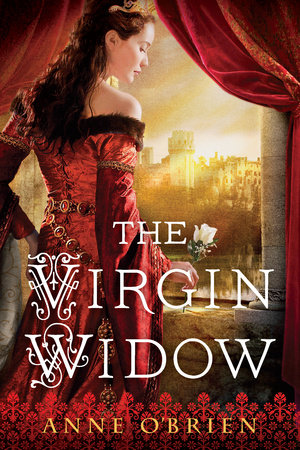

Fire on the Track
By Roseanne Montillo
By Roseanne Montillo
By Roseanne Montillo
By Roseanne Montillo
By Roseanne Montillo
Read by Kathleen McInerney
By Roseanne Montillo
Read by Kathleen McInerney
Category: Biography & Memoir | Sports
Category: Biography & Memoir | Sports
Category: Biography & Memoir | Sports | Audiobooks

-
$27.00
Oct 17, 2017 | ISBN 9781101906156
-
Oct 17, 2017 | ISBN 9781101906170
-
Oct 17, 2017 | ISBN 9780451482532
529 Minutes
Buy the Audiobook Download:
YOU MAY ALSO LIKE

Katharine of Aragon

Correspondences

Ordinary Insanity

The Brendan Voyage

The Prayer Matrix

Batavia’s Graveyard

First Comes Love, then Comes Malaria

Dark Angels

The Virgin Widow
Praise
A Boston Globe Best Book of 2017
A Fall 2017 Barnes & Noble Discover Great New Writers Selection
“This inspiring story of trail-blazing women centers on Betty Robinson, the first female Olympic champion in track. Roseanne Montillo’s retelling makes for a riveting book that reveals how a group of indefatigable women triumphed at the 1932 Los Angeles games.”
—Entertainment Weekly
“A worthy addition to the genre…Montillo succinctly adds context to prevailing—and appalling—views and thus elevates the accomplishments of all the women competing in track.”
—New York Times Book Review
“Compelling stories of the first women track stars in the early years of the Olympics.”
—Bill Littlefield, Boston Globe
“Montillo writes about [Betty Robinson] and her era with precision.”
—Wall Street Journal
“Fascinating… Montillo is a brilliant storyteller…an engaging, insightful look at an era in women’s sports.”
—Publishers Weekly
“A tightly woven, flowing narrative… Just as Laura Hillenbrand, in Unbroken, earned acclaim for resurrecting the life of Louis Zamperini, an overlooked American war hero and Olympian, Montillo deserves praise for sharing with honesty and integrity the remarkable stories of these resilient trailblazers. This is a must-read, certain to inspire a new generation of athletes with its fascinating slice of Olympic and women’s sports history.”
—Booklist (starred)
“Rich… this well-balanced biography and history of a groundbreaking female track star recalls a time and an athlete worth celebrating. Sports enthusiasts and women’s history buffs will be captivated by Robinson and her fellow trailblazers. Montillo’s in-depth research and highly accessible style make this a timely and appropriate choice for public and school libraries.”
—Library Journal
“Fire on the Track tells the powerful story of one woman’s success in breaking an early glass ceiling in women’s Olympic sports. The triumph, tragedy, and redemption that punctuated Betty Robinson’s life present a commentary on 1930’s America and the trailblazing courage of ordinary women to change the country’s thinking about the abilities of their gender. Using anecdote and insight, Montillo has written an important book, bringing to light a resonant piece of history.“
—Lucinda Franks, winner of the Pulitzer Prize and author of Timeless: Love, Morgenthau and Me
“Roseanne Montillo has written a must-read, exhilarating story about a remarkable time in American sports history when women proved that they could be champions. Going against cultural expectations, these athletes managed to achieve greatness during the toughest of times. Betty Robinson is a hero for the ages. Her breathtaking journey from catastrophe to ultimate victory made me stand up and cheer!”
—Lydia Reeder, author of Dust Bowl Girls
“Here’s an uplifting new entry for your shelf of Olympics inspiration. Male rowers have Boys in the Boat and female runners now have Fire on the Track. The dawn of women’s track comes to life in history that reads like fiction, brimming with character and drama.”
—William Martin, New York Times bestselling author of Cape Cod and The Lincoln Letter
21 Books You’ve Been Meaning to Read
Just for joining you’ll get personalized recommendations on your dashboard daily and features only for members.
Find Out More Join Now Sign In











